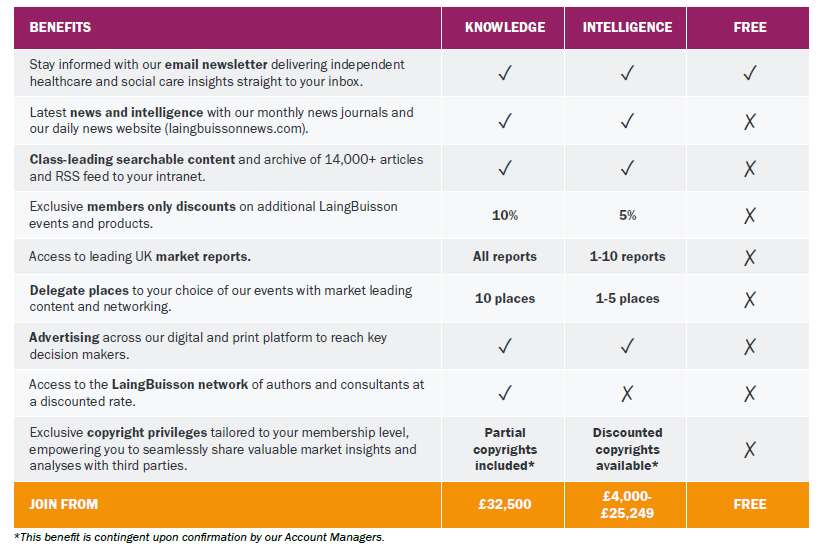Is the uptick in Digital Health spending enough to rescue the NHS?
LaingBuisson has today launched the 3rd edition of its Digital Health UK Market Report.
Written in the second half of 2022, the report is the most up to date report on the digital health market, taking on board the impact of the Covid-19 pandemic on the healthcare sector’s digital transformation, looking at what happened in reality as well as cutting through the myth. Digital Health Spending as a percentage of the overall healthcare budget has increased since 2020, but is this enough to fully embrace digital technology and realise the full potential that digital technology can offer the NHS and healthcare more widely in the UK?
Different to many LaingBuisson reports, this report includes extensive information on the NHS in the UK, how it works, its regulation and political considerations. This is because the NHS is the main driver for the adoption of digital health technology in the UK. Scaling and penetrating existing proven technologies across the whole NHS would move the service forward many years, as well as removing the uneven distribution of technology thus creating a far more solid foundation base upon which to build.
The report contains the latest data on a range of existing and legacy technologies in UK healthcare, including:
- Patient Admission Systems (PAS)
- Electronic Patient Records/Electronic Medical Records (EPR/EMR)
- Specialist clinical systems
- Digital apps
- Wearables
- Artificial intelligence
- Interoperability across systems and sectors
- Pathology and radiology
Report author, Martin Bell said:
“While the Covid-19 pandemic certainly increased awareness of digital health technologies and in many instances significantly sped up adoption, for a number of reasons discussed in this report, usage remains nowhere near universal. While this situation might be poor for the patient or the clinician, it does create opportunities for both suppliers and investors… “
“One of the issues that makes efforts so hard to achieve is that each area of the country, each city or county, each local health community, each Trust or primary care network, has different pre-existing digital landscapes and plans. Different suppliers, different technologies, different processes, and differing ways of working naturally create a very complex environment”







